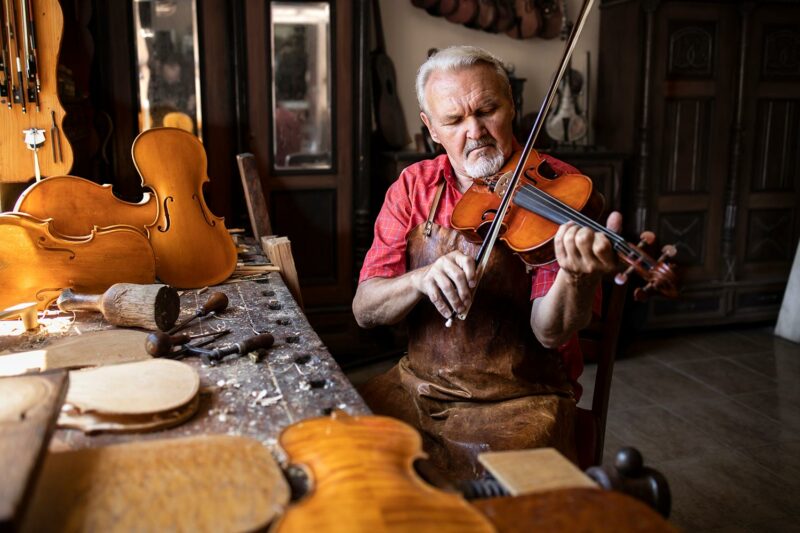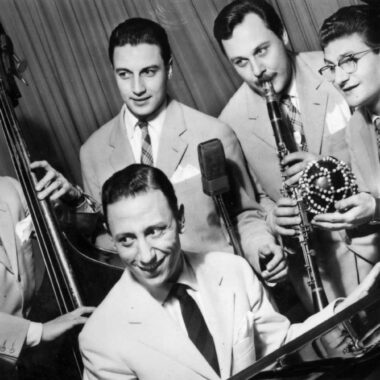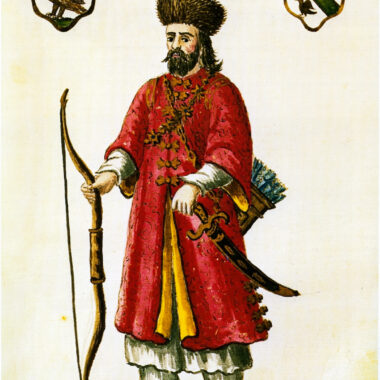Cremona (Lombardy), in the heart of Italy, shines for the distinctive and intriguing art that comes to life. This location is well-known across the world for its expertise in the manufacture of string musical instruments such as violins, violas, and cellos. These artisans have created some of the best tools ever made over years of tradition. Today I’d like to tell you about the enchantment of Cremona’s violin-making, a 500-year-old story in which love and dedication transformed a small workshop into a timeless beauty.
Andrea Amati, the lutherie father
Not surprisingly, the first violin in history was born entirely in Cremona, where Andrea Amati was the genius behind this wonderful enterprise. He knows how to turn wood into real tunes with his deft hands. The circumstances were excellent at the time, with high wealth and an openness to creative expression.
Andrea Amati (1505–1577), first a musician and subsequently a master luthier, opened in 1539 the workshop that would record the pages of Cremona, and the world’s history of violin-making, even if he couldn’t know it at the time.
The city had everything a craftsman-like Amati could want: excellence, inspiration, and tradition in carving and woodworking were all present.
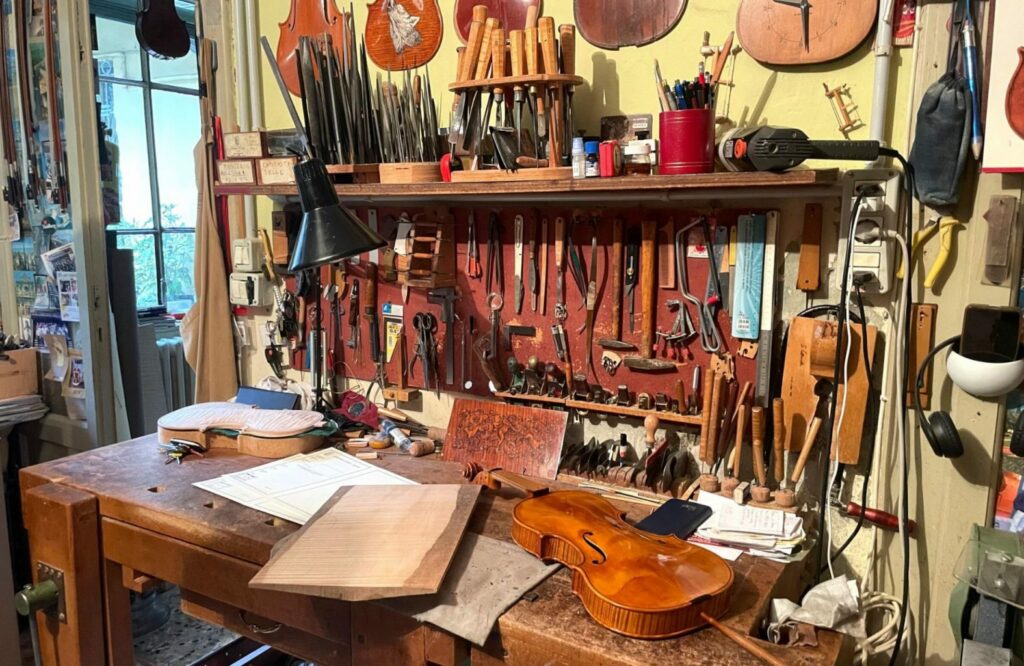
A heavy legacy
From passion to thriving activity, violin production quickly became a family affair. After his death in 1577, it was the turn of his sons, Girolamo and Antonio. The brothers could not wreck their father Andrea’s ambition now that they were accountable for doing honor to the Amati legacy and were aware of the undeniable wealth of their work.
The reconstruction is a little shaky, but it appears that the two brothers were unable to establish a stable and peaceful working relationship, eventually splitting up in 1588. Nonetheless, both continued to carry on their father’s heritage on their own, signing their instruments “Antonius & Hieronymus Fr.Amati.“ The heirloom was secure.
Nicola Amati and the first luthiers
Antonio was the first of the brothers to leave, and after Girolamo died in 1630, decimated by the epidemic, the workshop passed to his son, Nicola. He soon discovered he had a major problem: he had no sons or brothers. On the other hand, his vision for training young kids was nothing short of brilliant.
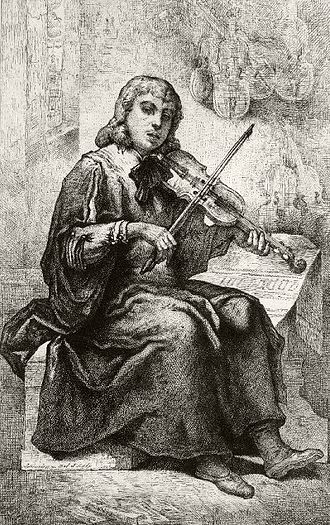
The Guarnieri and Stradivari families and their contributions to the advancement of the arts
Andrea Guarnieri (1623–1698) was certainly the most promising of Nicola’s disciples. Antonio Stradivari (1644–1737), on the other hand, whose first instrument bears the designation “alumnus Amati” (1666), is one of the protagonists. The unquestioned protagonist of the first half of the 18th century was Antonio Stradivari. The activities flourish, the workshop expands, and an increasing number of violins and cellos are exported around the world.
An unforgivable fate follows his death. Francesco and Omobono, in addition to not sharing their father’s success, died as bachelors with no heirs.
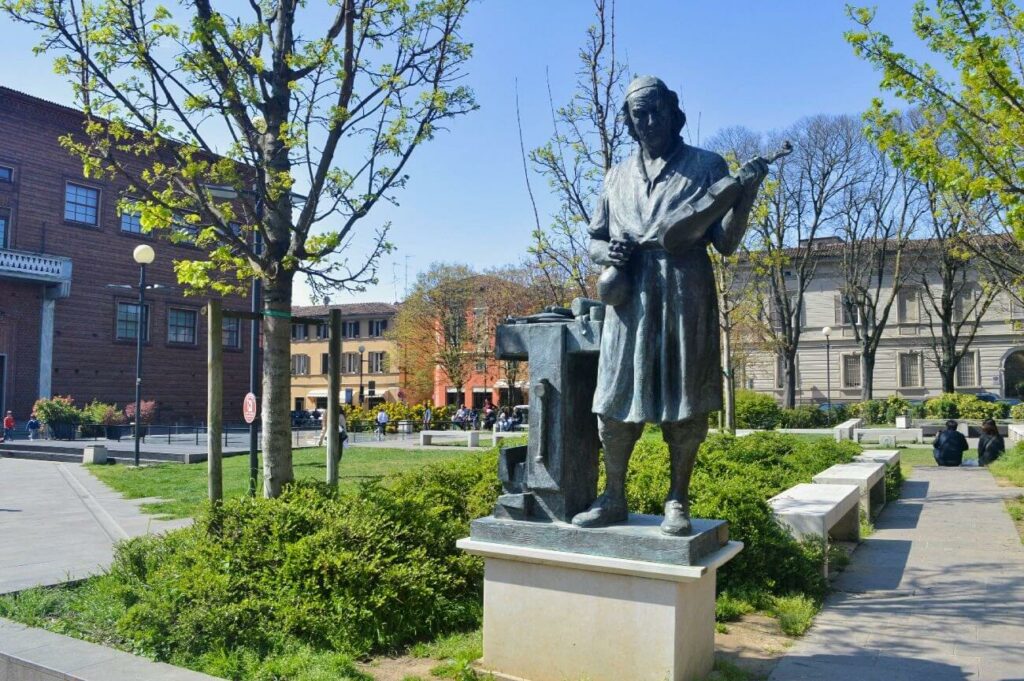
From the demise to the years in the spotlight
The second half of the 18th century was an era of crisis for Cremona’s violin manufacture, widely regarded as its most challenging. The absence of heirs, as well as severe rivalry from luthiers in Naples, Venice, and Turin, put a strain on the venerable Amati shop’s finances. The internationally acknowledged status of violin production is declining, its influence is waning, and expert violin makers are seeking more profitable options. These were the years in which the Ceruti family arose, facing multiple generations of challenges before relocating to Milan in 1870 in pursuit of a better future.
In this atmosphere of despair and grave crisis, the Ceruti family met Aristide Cavalli, who began mass production of instruments. What was a mark of excellence in Italian craftsmanship has now devolved into a low-quality product that is mass-produced and lacks the rich heritage that characterized it.
Antonio Stradivari’s return: a new myth
The city returned to being the capital of violin manufacture in 1937, on the occasion of the bicentenary of Antonio Stradivari’s death. The next year (1938), the school of violin-making is founded in an attempt to restore the splendor of the past and honor skilled luthiers.
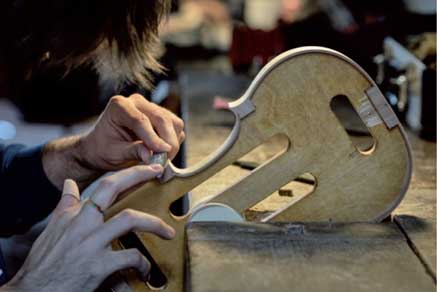
Today’s violin-making tradition
Following the end of World War II and the country’s subsequent economic resurgence, the old craft of violin manufacture reawakened public interest. Cremona has resurrected itself as the violin capital, with an increasing number of graduates.
The lengthy and winding route, which began over 500 years ago, has not been simple. The violin-making industry is a national pride, alternating between periods of tremendous hardship and ultimate prestige. Hundreds of luthiers have been developed over the years by tradition and high art, culminating in 2012 with the acknowledgment by UNESCO, which put the crafting method on the list of Intangible Cultural Heritage, a recognition that raises pride.
Cremona’s history lives on via the notes of the violins, the artists’ voices, and the worldwide respect for the art inherent in every sound made by these exquisite creations.
Click here to learn more about the International School of Lutherie in Cremona!
